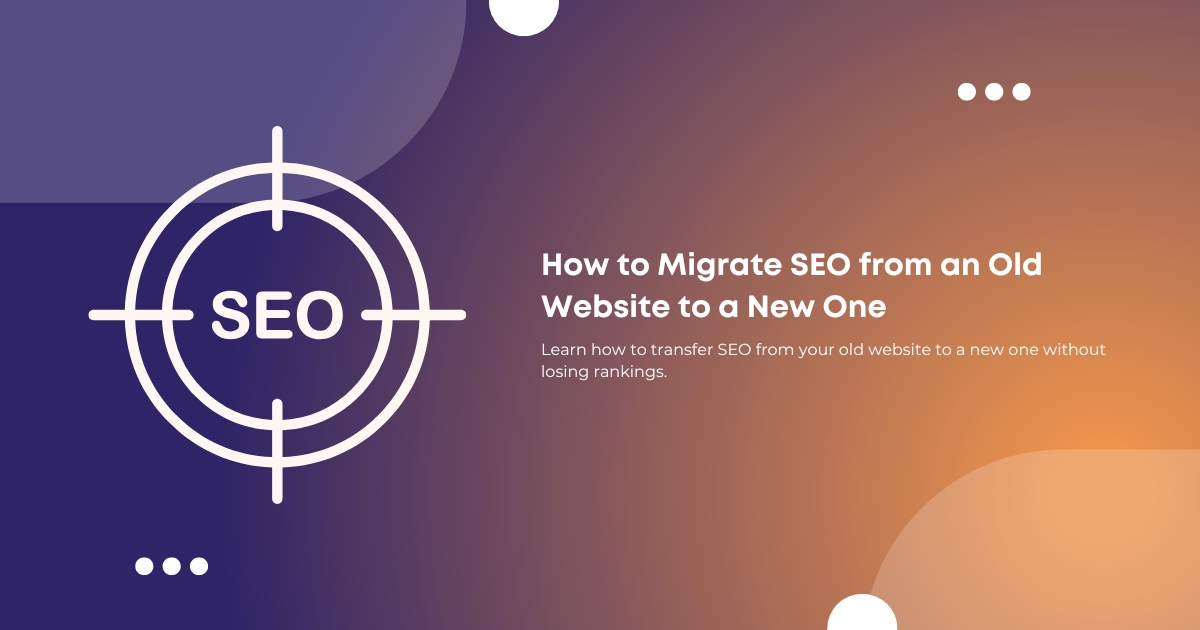Redesigning or migrating your website can be an exciting step for your business, but if done incorrectly, it can cause a massive drop in search engine rankings. Your old website has built up valuable SEO equity over time, and transferring it correctly is crucial to maintaining traffic, rankings, and visibility.
Crawl Your Old Website
Before making any changes, crawl your existing website to create a full backup of its SEO structure. This helps you analyze URLs, metadata, content, and backlinks.
Tools to Use:
- Screaming Frog (for site crawling)
- Google Search Console (for indexing and performance)
- Ahrefs or SEMrush (for backlink analysis)
Map Old URLs to New URLs
If your URLs change, ensure that every page from the old site has a corresponding page on the new one. Maintain the structure as much as possible to avoid unnecessary redirects.
How to do it:
- Create a URL mapping document
- Identify pages with high SEO value
- Use 301 redirects for URL changes
Preserve On-Page SEO Elements
Each page has built-in SEO factors that must be migrated to the new site.
Key Elements to Preserve:
- Title Tags
- Meta Descriptions
- Header Tags (H1, H2, H3)
- Internal Linking Structure
- Alt Tags on Images
- Schema Markup
Ensure that these elements are properly transferred without major modifications.
Retain and Update High-Performing Content
Content is the backbone of SEO. Identify and retain high-ranking blog posts, service pages, and landing pages.
Steps to Migrate Content Effectively:
- Identify top-performing pages via Google Analytics
- Keep URLs the same when possible
- Optimize and refresh old content to align with SEO best practices
Set Up 301 Redirects Correctly
A proper 301 redirect strategy is critical to maintaining your website’s SEO value.
Best Practices for Redirects:
- Redirect old URLs to new URLs with similar content
- Avoid redirect chains (multiple redirects in a row)
- Test all redirects before launching the new website
Submit the New Website to Google
Once your website is live, inform Google about the changes.
Steps to Follow:
- Submit your updated XML sitemap to Google Search Console
- Request re-indexing for key pages
- Monitor Google Analytics for any traffic changes
Monitor Performance and Fix Issues
SEO migration is an ongoing process. Track your site’s rankings, traffic, and errors.
Tools for Monitoring:
- Google Analytics (traffic insights)
- Google Search Console (indexing and search appearance)
- Ahrefs or SEMrush (backlink tracking and SEO performance)
Conclusion
Migrating an old website to a new one while retaining SEO requires careful planning and execution. By following these steps—crawling your old site, mapping URLs, preserving on-page SEO, setting up redirects, and monitoring performance—you can ensure a smooth transition without losing search rankings.
Need help with SEO migration? Contact us today for expert guidance! 🚀





